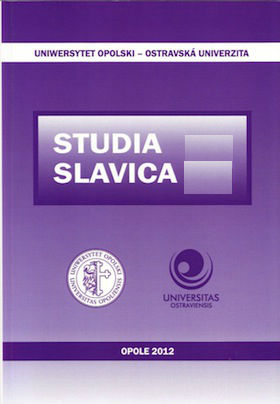Fonologická interpretace polských nazálních diftongů a afrikát z hlediska axiomatického funkcionalismu
Phonological Interpretation of Polish Nasal Diphthongs and Affricates: An Axiomatic-Functionalist Approach
Author(s): Marcin WągielSubject(s): Language and Literature Studies
Published by: Uniwersytet Opolski
Keywords: Polis;; phonology; phonematics; Axiomatic Functionalism; the un ou deux phonèmes problem; affricates nasal diphthongs
Summary/Abstract: The author presents an alternative phonological interpretation of Modern Polish nasal diphthongs and affricates that is based on the Axiomatic-Functionalist framework. The theory that could be briefly described as a formalization of André Martinet’s concepts was introduced by Jan W. F. Mulder in 1960’s and further developed in cooperation with Sándor G. J. Hervey. The main aim of the paper is focused on the so-called un ou deux phonèmes? problem, i.e. the problem how to phonologically interpret complex phonetic sounds such as affricates, diphthongs or triphthongs. The author argues that Polish nasal diphthongs and palatal and retroflex affricates should be analyzed monophonematically (as /ẽ/, /õ/ and /ć/, /ʒ́/, /č/, /ǯ/,respectively), while the adequate way to deal with Polish alveolar affricates is to interpret them as corresponding to the sequences of two phonemes: /Ts/ (an archiphoneme /T/, i.e. the product of the neutralization of voicing, + /s/ ) or /Tz/ (an archiphoneme /T/ + /z/).
Journal: Studia Slavica
- Issue Year: 18/2014
- Issue No: 1
- Page Range: 111-120
- Page Count: 10

